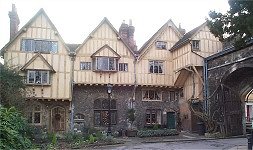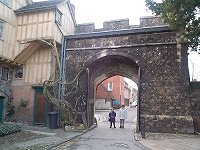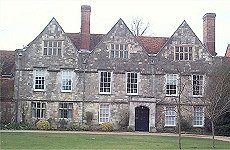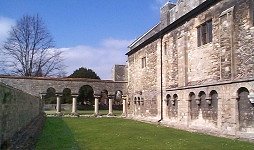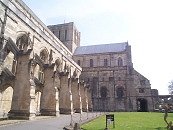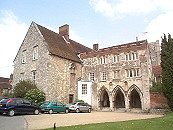|
|
|
|
|
The Pilgrims Hall (c.1308) is all that remains of a longer Medieval building, once the priory guest house. It has a hammer beam roof, reputedly the earliest known example. The ends of the beams are decorated with various carved heads. It has an inserted floor and modern windows and entrance. The roof is half-hipped with clay tiles. The building is open to the public. |
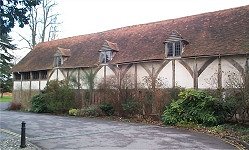 |
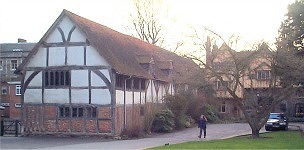 |
|
No. 9 'Church House' is a 17th Century 3–storey, three-gabled stone building with an old tile roof. There is an 8-light mullioned and transomed window
in each gable. The gothic porch was added circa 1840. Internally it has a Georgian staircase. The building is used as Diocesan offices. |
|
|
|
||||||||||||||||||||||||
|
|
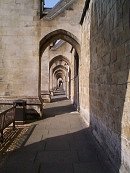 |
|||||||
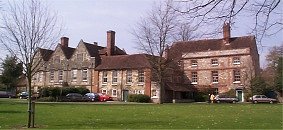 |
A Teacher is available at the Education Centre to help plan your schools visit to the Cathedral. This will ensure that children of all ages and abilities get the maximum benefit from their time at the Cathedral. |
||||||
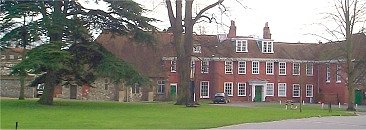 |
|||||||
|
Left is the view across the green to The Pilgrim’s School. |
|||||||
|
© 1998 G R Howard Website Managed by
|

